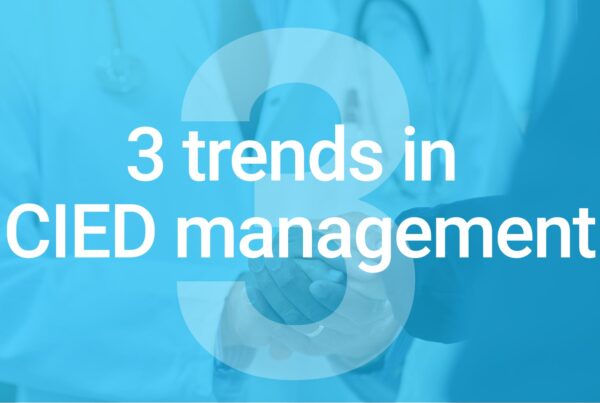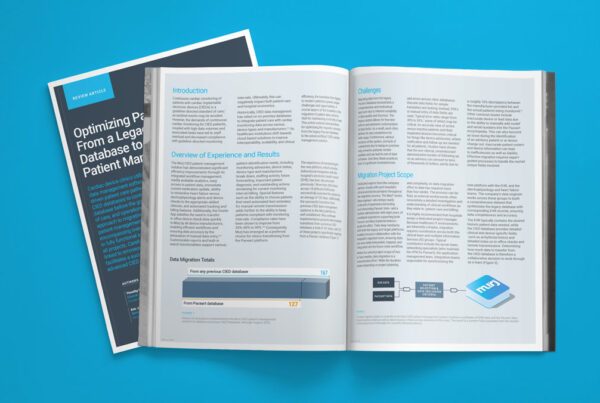Clinic experience, collaboration, and lessons learned implementing a novel Dedicated Heart Failure workflow solution
“Managing CIED heart failure (HF) diagnostics” explored diverse approaches to co-managing complex HF patient populations. Experts from two Murj customer clinics—Bon Secours Mercy Health and Allegheny Health Network—shed light on their unique experiences implementing the Murj Dedicated Heart Failure workflow for remote CIED data.
Read on for a summary of the webinar and click below to access the recording. You do not need to be a MedAxiom member to access.
The speakers
Bon Secours Mercy Health
- Jacqueline Arrasmith, RN, Remote Cardiac Device Specialist
- Kara Jackson, Remote Cardiac Device Specialist
Allegheny Health Network
- Tracey Ater, Practice Manager
- Michaelle Callihan, BSN, MSN, FNP, Institute Director for Cardiovascular Medicine and Clinical Director of Disease Management and Cardiac Rehab
- Stephanie Ledbetter, RN, Program Coordinator, Heart Failure Devices
- Diane Smith, BSN, RN, CHFN, Program Manager
Murj
- Andy Winburn, RN, MS, Product Manager
Key takeaways
Embrace workflow evolution
- Be open to evolving your clinic’s workflow to stay current with technological advancements and best practices
- Recognize that a flexible approach allows for continuous improvement in patient care and clinic efficiency
“You have to put in the elbow grease. You have to set all these alerts behind the scenes. You have to set up co-managed websites. You have to work with compliance, IT, coders, billers. Make sure everything is on point and ready for when you actually start using a system like this.”
Jacqueline Arrasmith on the effort required to optimize HF remote monitoring processes and workflows. (19:23)
Seek support from peers
- Actively seek out support and insights from other clinics that have faced similar challenges
- Establish a network for knowledge exchange, where clinics can share strategies, successes, and lessons learned in the journey of HF remote monitoring
- Forge strong partnerships with software support teams and representatives from the device industry to enhance your clinic’s understanding of the available tools and resources
“We had a really well-oiled machine on the EP side, but what we needed to do was build this HF model from scratch. And Murj allowed us to do that and create two separate but parallel workflows where we could seamlessly connect and communicate when we needed to.”
Diane Smith on Allegheny Health Network’s implementation of the Murj Dedicated Heart Failure workflow and its impact on the co-management of patients with EP staff and providers. (31:41)
Harness the power of technology
- Explore implementing software solutions and integrated systems to streamline the process of HF remote monitoring
- Take advantage of workflow optimization tools that can enhance data collection, analysis, and patient management
- Maximize the capabilities of integrated systems to achieve a more comprehensive and efficient approach to remote CIED HF data management
“Murj compiles the data from several different sites for us and transmits that information quickly in an uncomplicated format that’s easy to view and interact with. The automated billing process saves time so that we can focus on the patients who need care. This is going to enable us to achieve our goals as we branch out to monitor other clinics in our system.”
Stephanie Ledbetter on the scalability of the Murj Dedicated Heart Failure workflow. (36:39)
Define a vision for your clinic
- Establish a clear and forward-thinking vision for your clinic’s approach to managing a HF workflow for remote CIED data
- Align the vision with the overarching goals of optimizing patient care through technology
- Communicate this vision across the clinic to foster a unified and purposeful approach to HF remote monitoring
“So basically every single day, we’d give [EP providers] a list and they print out all these reports and then we’d match them up to each patient as they came in… I mean, talk about very inefficient… We have reams and reams of paper being printed every day. So when we had this opportunity to integrate and do everything with Murj, it offered us a whole new world.”
Tracey Ater on the positive impacts of Murj’s automation capabilities in keeping EP providers informed about relevant HF CIED data for effective patient care. (32:30)
Q&A
The following is a selection of questions asked and responses given in the chat section of the webinar platform during the session.
Is Dedicated Heart Failure a specific platform in Murj?
Alisha Figueroa (Murj): Dedicated Heart Failure workflow is a feature that, when turned on, pulls HF-specific transmissions into Murj from manufacturer sites to be triaged and sent through the clinical workflow. This allows dedicated EP teams and dedicated HF teams to manage their relevant care modalities in Murj, facilitating effective co-management of CIED patients.
What exactly does the Murj Dedicated Heart Failure workflow automate?
Mark Pederson (Murj): Murj automatically routes specific HF transmissions to the HF team and HF-specific providers for review, and the primary remote monitoring transmissions to the remote monitoring team. HF Dockets are routed directly to the HF Following Physician for approval. There is also a messaging tool (Murj Connect) that can be used between the two teams to collaborate and co-manage patients. Murj Interval Tracking is also automated and specific to the HF workflow.
Can you talk more about Murj Connect?
AF: Murj Connect allows clinicians to message their peers directly or in groups to discuss clinic management, address questions, or assign and manage tasks. General messaging can take place, or messages can be specified and tagged to a specific patient, transmission, or Docket.
Do your HF docs sign into Murj and sign Dockets?
Kara Jackson: Yes, all of our EP and HF providers review and sign in Murj.
How did you get buy-in from senior leadership? We currently have Murj for EP management but have not implemented it for HF.
Diane Smith: We were able to show how many patients were currently being treated within the network with HF and a device capable of HF monitoring. This allowed us to estimate the potential revenue stream.
Is there any analysis of the cost-benefit ratio given the increased billing revenue that was generated?
Andy Winburn (Murj): The clinical teams are monitoring the efficiencies gained and it is an ongoing assessment of year-over-year (YoY) billing improvements, as well as full-time equivalent (FTE) employee assessments related to transmission volume and previous workflow comparisons. Return on investment (ROI) tools are available during the sales process.
Going deeper
Interested in learning more about the Murj Dedicated Heart Failure workflow and other topics discussed in this session? Contact us today.





